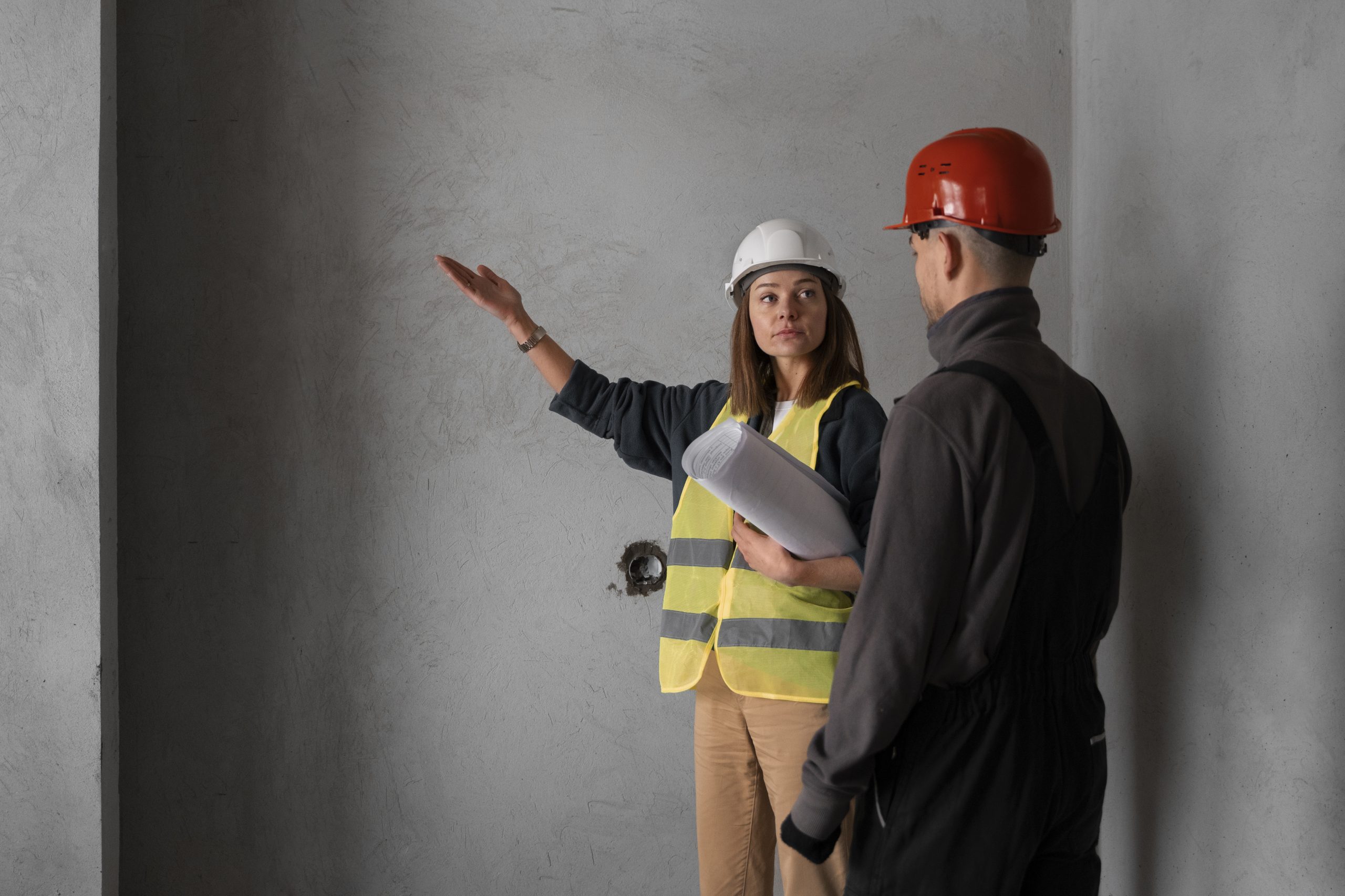Low-impact development (LID) features minimize burden, maximize operationality, and reduce demands on public infrastructure. LID civil engineering addresses the site

In today’s bustling urban environments, noise pollution has become a significant concern for both health and productivity. For businesses, high levels of noise can affect employee concentration, communication, and overall well-being. As a result, the demand for quieter, more acoustically friendly commercial buildings has increased. Mechanical, Electrical, and Plumbing (MEP) engineers play a crucial role in addressing this issue through thoughtful design and innovative solutions. This article explores how MEP engineers reduce noise pollution in commercial buildings, emphasizing the importance of their work and highlighting how InnoDez, a leader in MEP design, integrates these strategies effectively.
Noise pollution in commercial buildings can originate from various sources, including:
Excessive noise can lead to various issues, including:
MEP engineers are instrumental in designing systems that minimize noise pollution in commercial buildings. Their expertise in mechanical, electrical, and plumbing systems allows them to create solutions that address both external and internal noise sources effectively.
One of the primary ways to mitigate external noise is through effective building envelope design. MEP engineers collaborate with architects to incorporate sound-insulating materials and techniques into the building’s structure.
HVAC systems are one of the leading sources of noise in commercial buildings. MEP engineers employ various strategies to minimize this noise while maintaining system efficiency.
Electrical systems can also contribute to noise pollution, particularly through the use of lighting fixtures and electronic equipment.
In addition to structural and mechanical solutions, MEP engineers can incorporate acoustic treatments and sound masking systems to create a more conducive working environment.
MEP engineers must work closely with architects, interior designers, and acoustical consultants to ensure a comprehensive approach to noise reduction. This collaboration enables the integration of acoustic considerations into all aspects of building design, from layout to materials selection.
MEP engineers must also navigate various building codes and standards related to noise control. These regulations often dictate acceptable noise levels and require specific design strategies to mitigate noise pollution. By staying informed about local and national codes, MEP engineers ensure that commercial buildings meet regulatory requirements while also creating comfortable environments for occupants.
InnoDez is a premier MEP design company known for its commitment to creating high-quality, sustainable buildings. The firm’s innovative approach to noise reduction sets it apart in the industry.
InnoDez conducts thorough noise assessments during the initial stages of design. By evaluating the specific noise sources and levels in a given area, the team can develop tailored strategies to minimize noise pollution effectively. This proactive approach ensures that potential issues are addressed before construction begins.
InnoDez utilizes cutting-edge technologies to enhance noise reduction strategies. For instance, they employ Building Information Modeling (BIM) to visualize and analyze noise pathways within a building. This allows for more informed decision-making regarding material selection and system design.
InnoDez emphasizes sustainability in all its projects. By incorporating green building practices and energy-efficient systems, the company not only reduces noise pollution but also contributes to the overall environmental performance of commercial buildings.
As urbanization continues to rise, the focus on noise pollution in commercial buildings will only intensify. MEP engineers will need to stay ahead of emerging trends to address this issue effectively.
The integration of smart technologies, such as IoT devices and advanced monitoring systems, will play a crucial role in noise reduction efforts. These technologies can provide real-time data on noise levels, enabling building managers to make informed decisions regarding noise mitigation strategies.
Biophilic design, which incorporates natural elements into building design, is gaining popularity as a way to enhance occupant well-being. This approach can also contribute to noise reduction, as greenery and natural materials can absorb sound and create a more pleasant environment.
The need for comprehensive noise reduction strategies will drive increased collaboration among architects, engineers, and acoustical consultants. By working together from the outset, these professionals can develop integrated solutions that address noise pollution holistically.
Noise pollution is a critical issue that affects the health, productivity, and satisfaction of occupants in commercial buildings. MEP engineers play a vital role in reducing noise through thoughtful design and innovative strategies. By addressing external and internal noise sources, they create environments that promote well-being and efficiency.
InnoDez stands out as a leader in MEP design, employing advanced technologies and comprehensive assessments to mitigate noise pollution effectively. As the demand for quieter, more acoustically friendly buildings grows, the expertise of MEP engineers will be essential in shaping the future of commercial spaces. Through collaboration, innovation, and a commitment to sustainability, MEP engineers can continue to make significant strides in reducing noise pollution, enhancing the quality of life in urban environments.
About Author
Xhuljo Jakup